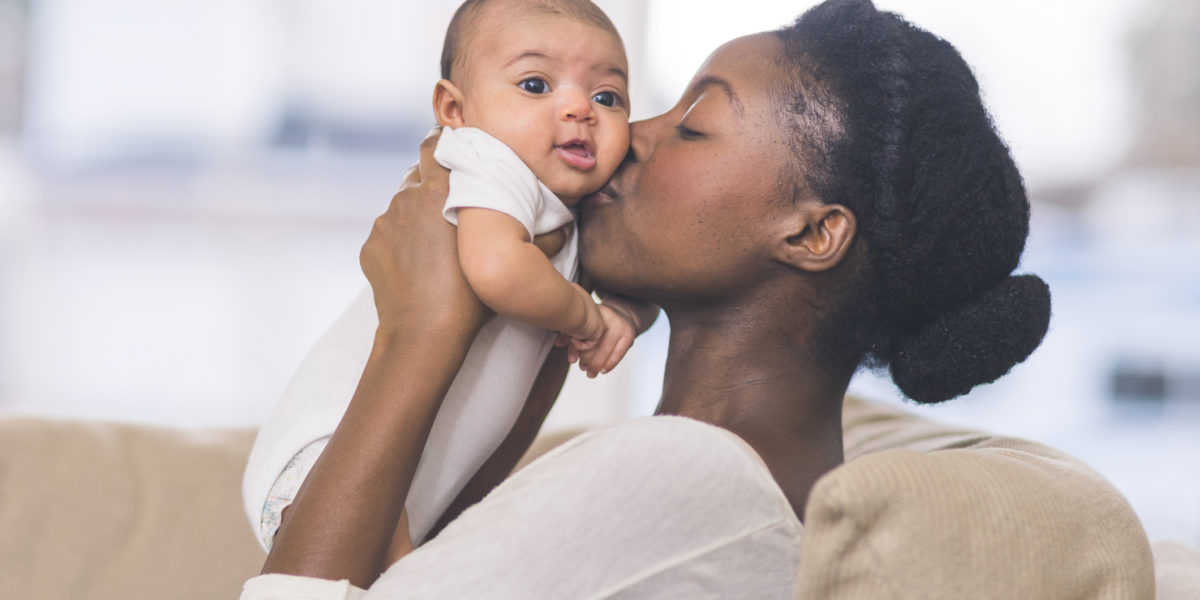Login
1 active alert
Show
Your Baby's Appearance
Things you May See in Newborns
Find Your Provider
Related Content
It’s all too easy to focus on your new child after birth, but new mom’s also need care. Our expert staff are on hand to help you deal with the aftereffects of giving birth and can advise on all aspects on staying healthy.
Customized ‘pathways’ will be used for screening and the development of tailored treatment plans for patients of 15 OB-GYN clinics across Delaware

.webp/_jcr_content/renditions/original)

